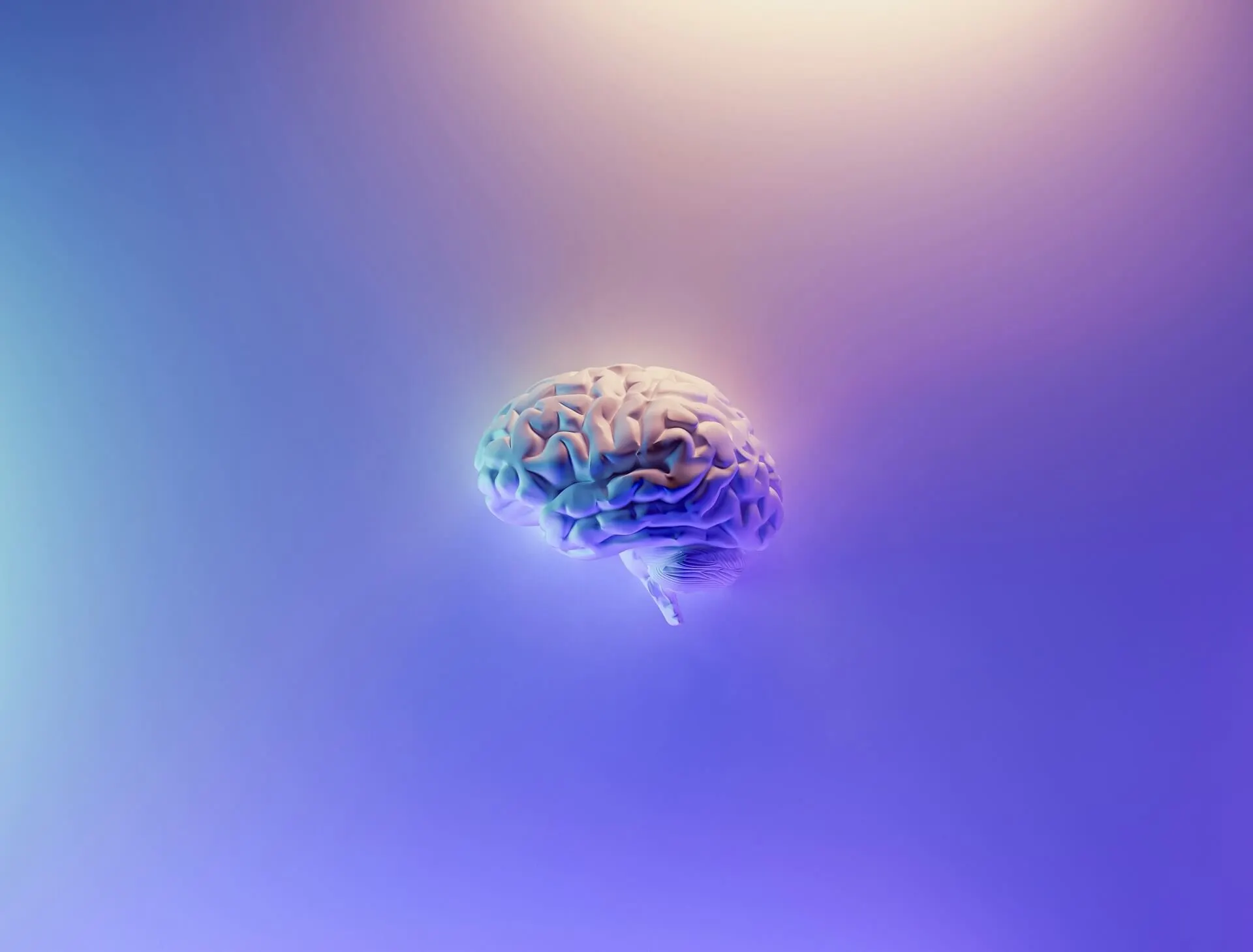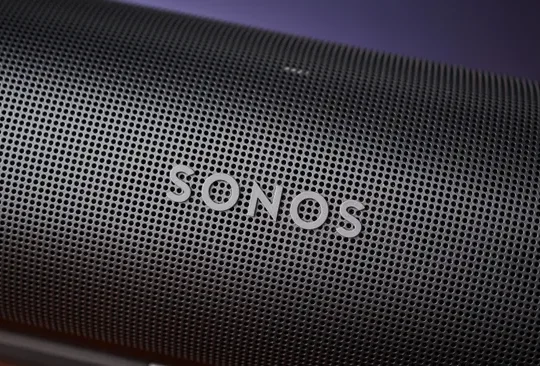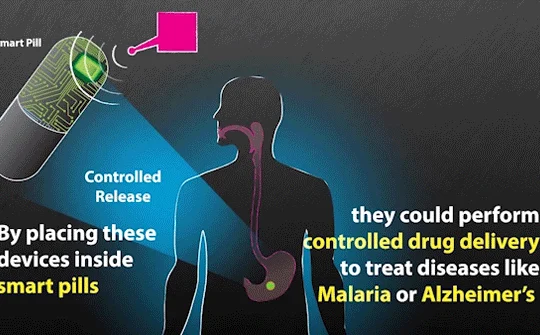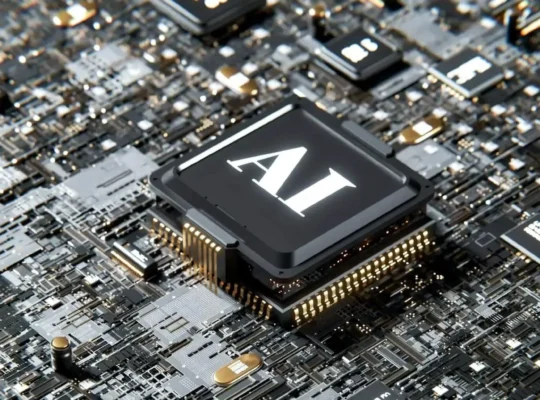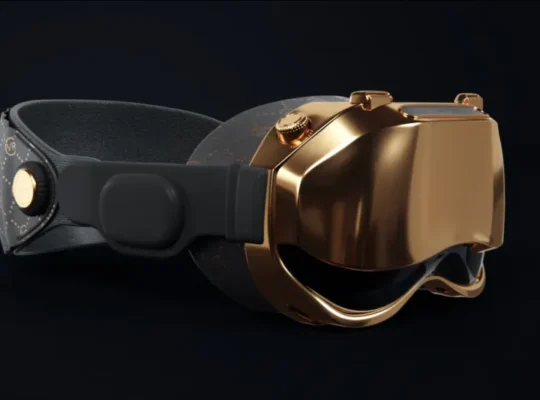Introduction
Envision a future where the human brain seamlessly communicates with machines, amplifying cognitive abilities and restoring lost functionalities. This future isn’t just a fantasy; it’s what Neuralink, an innovative initiative by Elon Musk, aims to achieve. This guide explores the Neuralink Brain Chip, its revolutionary applications, and the ethical considerations surrounding this transformative technology.
Understanding Neuralink
Neuralink is a trailblazing neurotechnology company dedicated to creating implantable brain-machine interfaces (BMIs). The firm’s objective is to forge a direct communication link between the human brain and computers, aiming to treat neurological disorders, enhance cognitive abilities, and eventually merge human intelligence with artificial intelligence (AI).
Key Components of the Neuralink Brain Chip
To fully grasp the functionality of the Neuralink Brain Chip, it’s crucial to dissect its core components:
The Chip
Known as the N1, Neuralink’s brain chip is a fully implantable neural interface device, comparable in size to a coin, designed for minimal invasiveness.
- Sensors: The N1 chip is outfitted with numerous tiny sensors or electrodes that record electrical signals from neurons, each electrode being thinner than a human hair.
- Electronics: The chip houses electronics that amplify, process, and transmit neural signals.
- Battery: A rechargeable battery powers the device, ensuring uninterrupted operation.
Neural Threads
The N1 chip interfaces with flexible, ultrathin threads embedded with electrodes.
- Insertion: These threads are meticulously inserted into brain tissue using a specialized robotic system, minimizing potential brain damage.
Robotic Surgeon
Neuralink employs an advanced robotic system to implant the threads into the brain.
- Precision: This robot places threads with extreme accuracy, targeting specific neural circuits.
- Safety: The system minimizes the risk of accidental damage, ensuring the procedure’s safety.
The Pod and Wireless Communication
Externally, a device known as “the pod” communicates wirelessly with the chip.
- Data Transfer: This wireless link facilitates bidirectional communication, allowing neural signals to flow between the brain and external devices.
- User Interface: Users can interact with computers and other devices via the pod, likely through apps or software integrated with Neuralink’s platform.
Externally, a device known as “the pod” communicates wirelessly with the chip.
- Data Transfer: This wireless link facilitates bidirectional communication, allowing neural signals to flow between the brain and external devices.
- User Interface: Users can interact with computers and other devices via the pod, likely through apps or software integrated with Neuralink’s platform.
How the Neuralink Brain Chip Operates
Signal Detection and Transmission
Once the brain’s electrical signals are captured and sent to an external device, they undergo interpretation. Machine learning algorithms decode these signals to determine the associated actions, thoughts, or emotions, such as:
- Motor Commands: Signals from the motor cortex could control robotic limbs or on-screen cursors.
- Sensory Feedback: Data can be relayed back to the brain, providing sensory feedback such as touch or pressure to prosthetic limbs.
Applications of the Neuralink Brain Chip
The Neuralink Brain Chip promises a plethora of applications, ranging from medical treatments to cognitive enhancements and beyond.
Medical Applications
- Paralysis: Individuals with paralysis could control devices like wheelchairs or robotic arms using their thoughts.
- Sensory Restoration: It may restore sensory functions, such as vision or hearing, by activating corresponding neural circuits.
- Neurological Disorders: Conditions like Parkinson’s disease, epilepsy, and depression could be treated through modulation of brain activity.
Cognitive Enhancements
- Memory Enhancement: The chip could improve memory retention and recall by stimulating relevant neural pathways.
- Learning Acceleration: Learning processes could be expedited through targeted stimulation of brain regions involved in cognition.
Ethical and Social Implications
While the Neuralink Brain Chip holds immense potential, it also presents several ethical and social considerations.
Privacy Issues
- Data Security: Ensuring the security of neural data to prevent unauthorized access or misuse.
- Informed Consent: Users must thoroughly understand the implications and potential risks of using a brain-machine interface.
Accessibility and Equity
Technology Access: Ensuring this technology is available to all, preventing it from exacerbating social and economic disparities.
Human Identity and Autonomy
- Mind Integrity: Preserving the authenticity of human thoughts and experiences.
- Autonomy: Protecting individuals’ rights over their minds from potential technological misuse for control or manipulation.
“Balancing innovation with ethics is crucial as we advance with brain-machine interfaces, ensuring that technology enhances humanity without compromising fundamental rights.”
Conclusion
The Neuralink Brain Chip represents a monumental leap in merging human minds with technology. From addressing severe neurological conditions to enhancing cognitive functions, the potential applications are expansive. However, exercising ethical caution is pivotal to ensure that technological advancements benefit all of humanity. As Neuralink progresses, it challenges us to reconsider the boundaries of human potential and the future of technological evolution.
We hope this comprehensive guide has provided you with an in-depth understanding of how the Neuralink Brain Chip functions. What are your views on its potential and the ethical considerations it brings? Share your thoughts or questions in the comments below!
Follow For More Latest AI News
For more detailed reading on neural interfaces and brain-machine technologies, explore articles from Nature Neuroscience and IEEE Spectrum.


